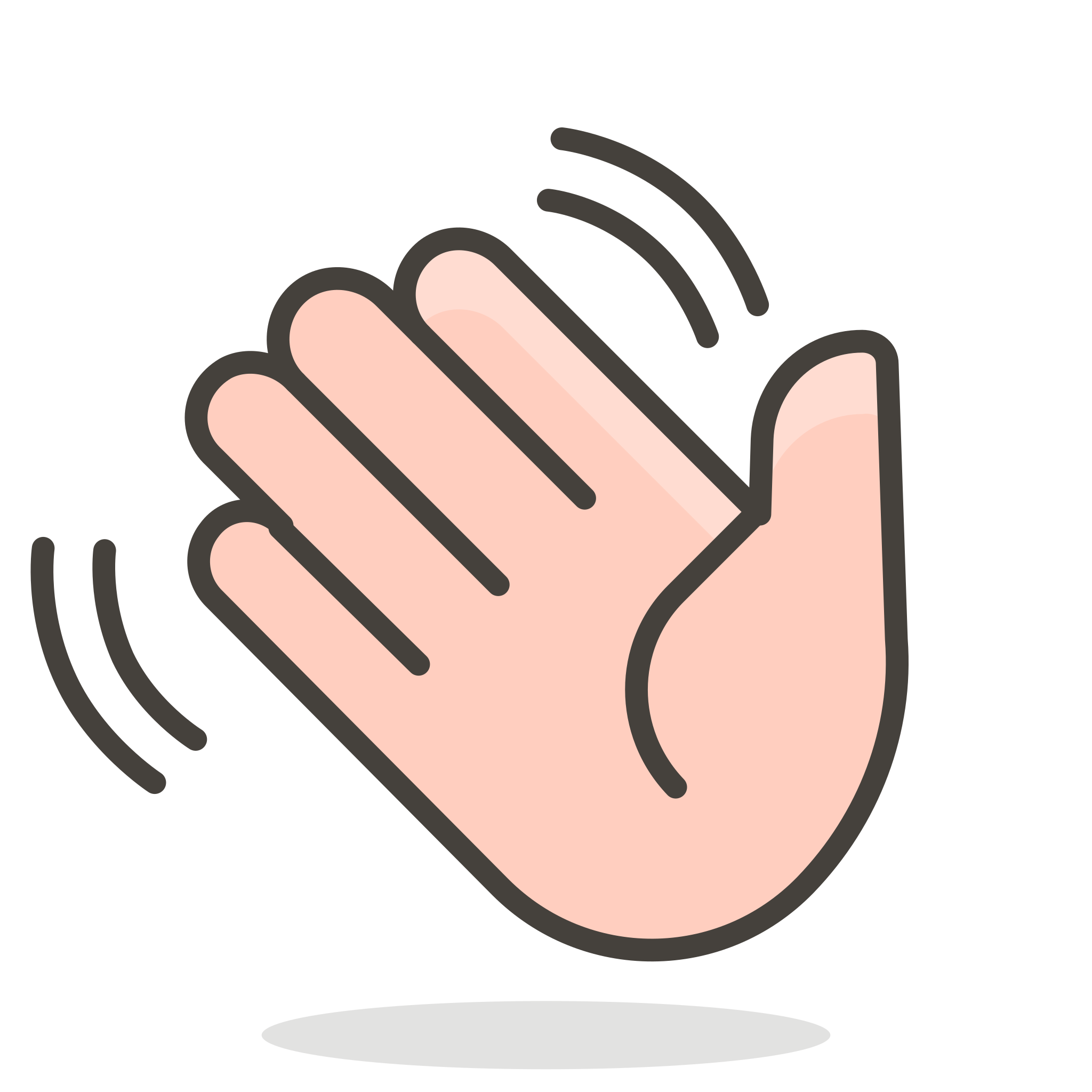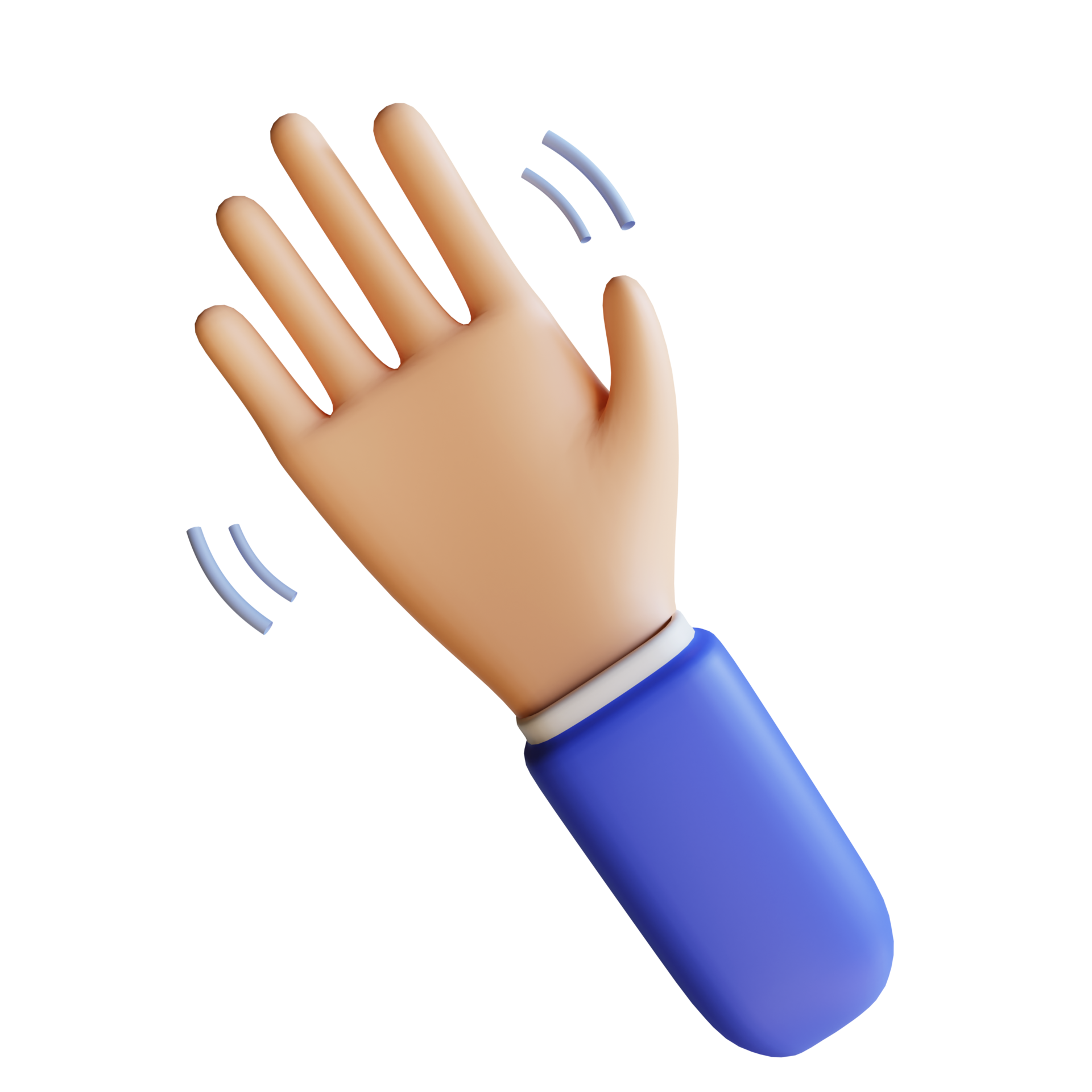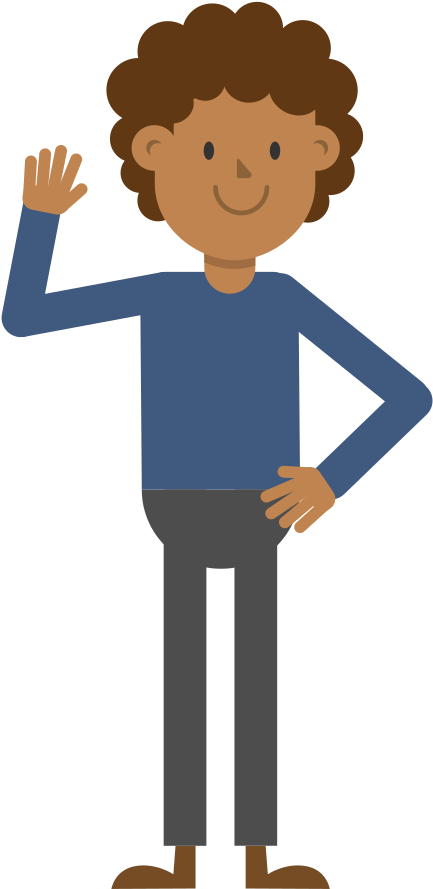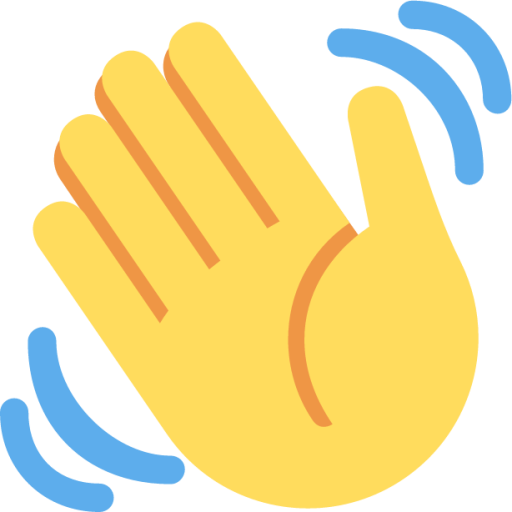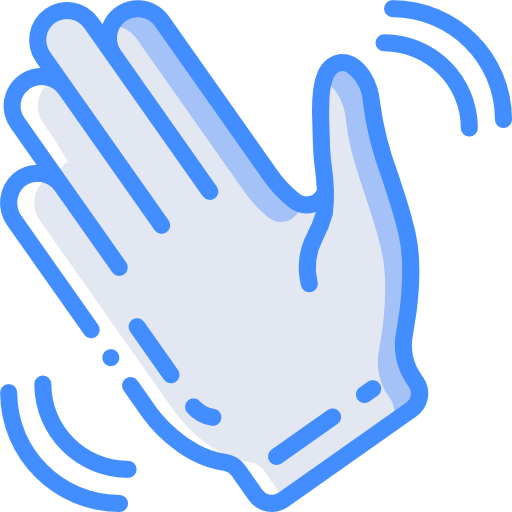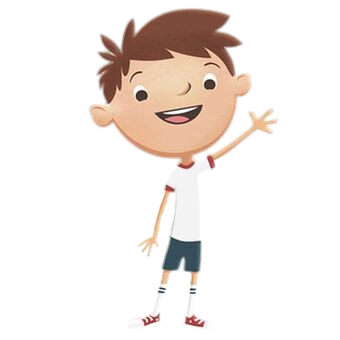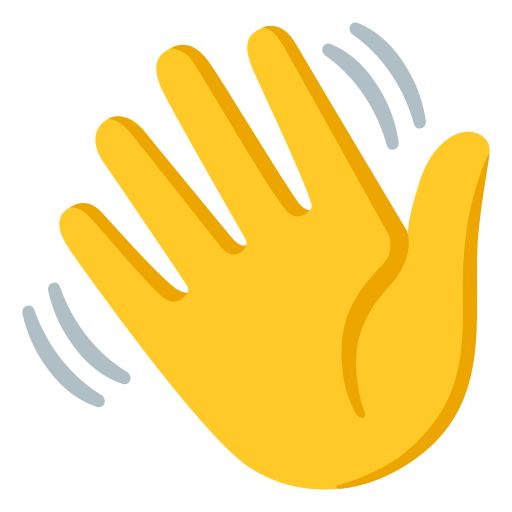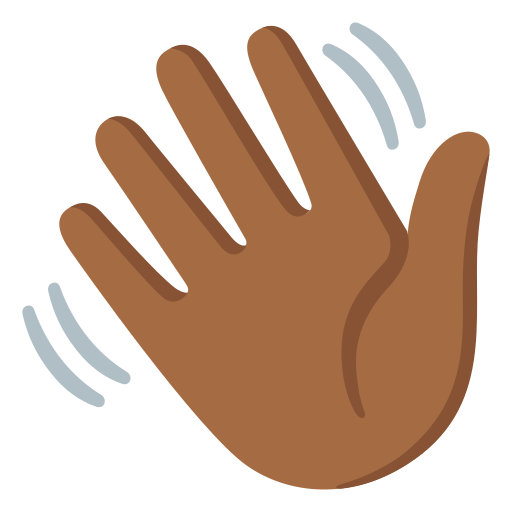Download top and best high-quality free Waving PNG Transparent Images backgrounds available in various sizes. To view the full PNG size resolution click on any of the below image thumbnail.
License Info: Creative Commons 4.0 BY-NC
Have you ever waved at someone? Waving is a universal, nonverbal gesture used to communicate greetings, farewells, and acknowledgement. It’s a simple yet effective way to show friendliness and warmth towards others without having to use words.
The Different Forms of Waving
There are different types of waving gestures that people employ in their day-to-day lives. Here are some of the most popular ones:
- The Traditional Wave: The most common wave is the traditional wave, in which the hand is lifted and the fingers are moved in a back-and-forth motion. This is a way to say hello or goodbye.
- The One-Handed Wave: This wave is done with just one hand and is more informal and casual than the traditional wave. It’s often used when you’re close to the person you’re waving at, or when you’re in a hurry.
- The Two-Handed Wave: As the name suggests, this wave involves both hands. It’s a more enthusiastic and energetic version of the traditional wave. People use it to express excitement or joy.
- The Finger Wave: This wave involves raising one’s index finger and moving it back and forth. It’s a more subtle and discreet way of saying hello or goodbye.
- The Head Nod: While not technically a wave, the head nod is a form of nonverbal communication used to acknowledge others. It’s a simple gesture in which the head is tilted up slightly, and then back down again.
The History of Waving
The history of waving goes back centuries. In ancient times, waving was used to signify respect or deference to a superior, such as a king or queen. In the Middle Ages, knights would wave their swords as a sign of greeting to other knights.
As time went on, waving became more commonplace and less formal. In the 20th century, waving became a hallmark of American culture. The “Miss America wave” is a classic example – it involves a slow, graceful motion in which the hand is lifted and the fingers are curled.
The Psychology Behind Waving
Waving is more than just a simple gesture – it’s also a psychological tool that we use to connect with others. According to psychologists, waving can create feelings of empathy, trust, and goodwill.
When we wave at someone, we’re essentially saying “I see you” and “I acknowledge you.” This can create a sense of affirmation and validation for the other person, which can boost their self-esteem and make them feel more positive about themselves.
Additionally, waving can break down barriers between people. In many cultures, there are strict social norms around how people interact with each other. Waving can help to break down these barriers and create a sense of connection between people who might not otherwise interact.
Final Thoughts
Waving is a simple yet powerful way to connect with others. Whether you’re saying hello, bidding farewell, or just acknowledging someone’s presence, waving can create positive feelings and foster a sense of community. So, the next time you see someone you know, try waving at them – you never know what kind of positive impact it might have.
Download Waving PNG images transparent gallery
- Waving PNG Photo
Resolution: 2048 × 2048
Size: 151 KB
Image Format: .png
Download
- Waving PNG Photos
Resolution: 1920 × 1920
Size: 781 KB
Image Format: .png
Download
- Waving PNG Pic
Resolution: 433 × 889
Size: 26 KB
Image Format: .png
Download
- Waving PNG Picture
Resolution: 200 × 200
Size: 3 KB
Image Format: .png
Download
- Waving PNG
Resolution: 512 × 512
Size: 26 KB
Image Format: .png
Download
- Waving Transparent
Resolution: 512 × 512
Size: 35 KB
Image Format: .png
Download
- Waving
Resolution: 1200 × 1895
Size: 78 KB
Image Format: .png
Download
- Waving No Background
Resolution: 1200 × 1200
Size: 121 KB
Image Format: .png
Download
- Waving PNG Clipart
Resolution: 512 × 512
Size: 46 KB
Image Format: .png
Download
- Waving PNG Cutout
Resolution: 410 × 320
Size: 26 KB
Image Format: .png
Download
- Waving PNG File
Resolution: 340 × 340
Size: 68 KB
Image Format: .png
Download
- Waving PNG HD Image
Resolution: 512 × 512
Size: 27 KB
Image Format: .png
Download
- Waving PNG Image HD
Resolution: 512 × 512
Size: 28 KB
Image Format: .png
Download
- Waving PNG Image
Resolution: 400 × 541
Size: 168 KB
Image Format: .png
Download
- Waving PNG Images
Resolution: 456 × 512
Size: 5 KB
Image Format: .png
Download
